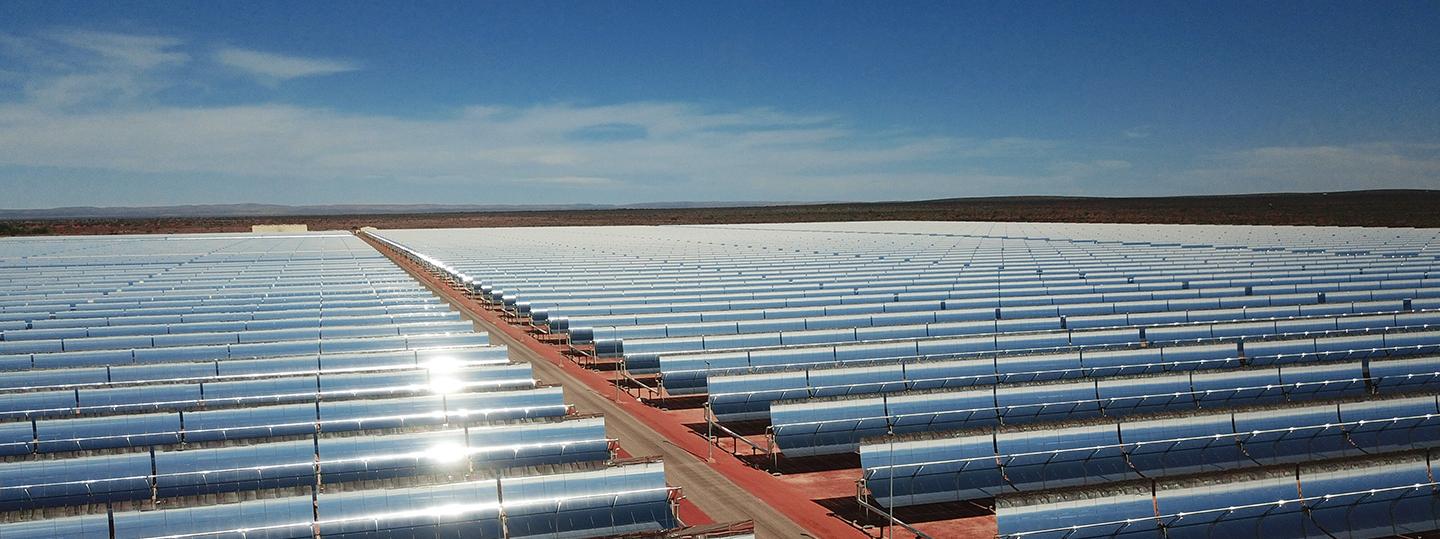
Green electricity, green molecules, storage solutions: Research and development in the ENGIE Group
In 2015, the Paris COP21 agreement reaffirmed the promise of nearly all nations to limit global warming to no more than 2 degrees Celsius, preferably 1.5 degrees Celsius, relative to pre-industrial levels. Today, we see clearly that we as a society must increase our efforts to achieve this goal.
At ENGIE, we are taking up this challenge to reduce our own and our customers' carbon footprints and to find new ways of doing business. Dr. Jan Mertens, Chief Science Officer of ENGIE, explains in an interview what this means for the ENGIE Group in terms of research and development.
A climate-neutral world by 2050 – how can this work? With bans and restrictions or through technological progress?
It is clear to me that technology is at the heart of the energy transition. Seventy-five percent of the emissions reductions that we as a society need to achieve our goal of carbon2 neutrality must come from a range of technologies that are not yet mature, as the International Energy Agency's (IEA, ETP 2020) "Report on Energy Technology Perspectives" published in late 2020 found. This does not mean that they have to be reinvented from scratch; rather, they need to be rapidly scaled up from benchtop technologies in laboratories to pilot projects, demonstration projects and finally to the market. As has already been done in recent years, for example for photovoltaics, onshore and offshore wind and, more recently, also lithium-ion batteries. The price of these technologies has dropped dramatically because of their scaling.
Research and development also play a major role in the ENGIE Group. What are the priorities?
Our research activities focus on green electricity, green molecules and storage. A large part of our research budget goes to pilot projects. We are working to scale technologies from the lab to the pilot and demonstration scale, until they can finally be adopted by our business units and the market. For almost all pilot projects we have cooperations with industry, universities, start-ups or research institutions.
Selected pilot projects of ENGIE in cooperation with partners
Which technologies do you think are promising for the energy transition?
It is difficult to predict the impact of unexpected breakthrough technologies on the achievement of the Paris Agreement goals. New solutions, such as artificial photosynthesis, high altitude wind, conversion of CO2 into biological or chemical fuels and much more, may prove to be important in moving us on the path to CO2 neutrality. Investment in the development of these new technologies is therefore crucial, in cooperation with public and private actors.
Gas or electricity – how do you see the way to a CO2-free future?
In many energy discussions, one seems to think in contrasting notions: electricity or gas for heat generation; Lithium-ion batteries or redox-flow batteries to stabilize the mains; electricity or hydrogen for mobility; Biogas or synthetic natural gas, etc. We should better stop discussing opposing technologies and focus instead on where and how these technologies can complement each other. The energy transition will not have a winner: We will need many new technologies, and there is not a single one that has the potential to meet this challenge alone. And the task is also too big to handle as a company or industry alone, and we need to work together across industries, disciplines and international boundaries to achieve our climate goals.
Your recommendation: Which trends should companies consider in their long-term sustainability strategy?
In order to achieve CO2 neutrality by 2050, experts and companies seem to be moving towards the following three important pathways. The order is very important:
- Reduce energy consumption by increasing the energy efficiency of all activities and processes
- Electrify as many processes as possible with renewable electricity, not only in sectors such as mobility, but also in industrial processes wherever possible
- Use hydrogen and molecules for processes where a high energy density is critical or for storing energy over longer periods of time
With respect to the last point: Green hydrogen will become an important energy vector for heavy transport and for industrial processes. However, due to its low volumetric energy density and the challenges associated with storage and transport, it will be crucial to use this green hydrogen in combination with CO2 or N2 in order to convert it into molecules with higher energy density (e.g. methane or methanol). When CO2 is used as a resource, we are talking about Carbon Capture and Utilization (CCU). The aim is to synthesize fuels from renewable energies and CO2 (so-called e-fuels). However, CCU's sustainability will require large amounts of renewable electricity. Today, more innovative solutions are emerging, such as liquid organic hydrogen carriers and metal fuels, and it is highly likely that these technologies for energy transport and storage will coexist.
Publications on the topic
Our Expert











